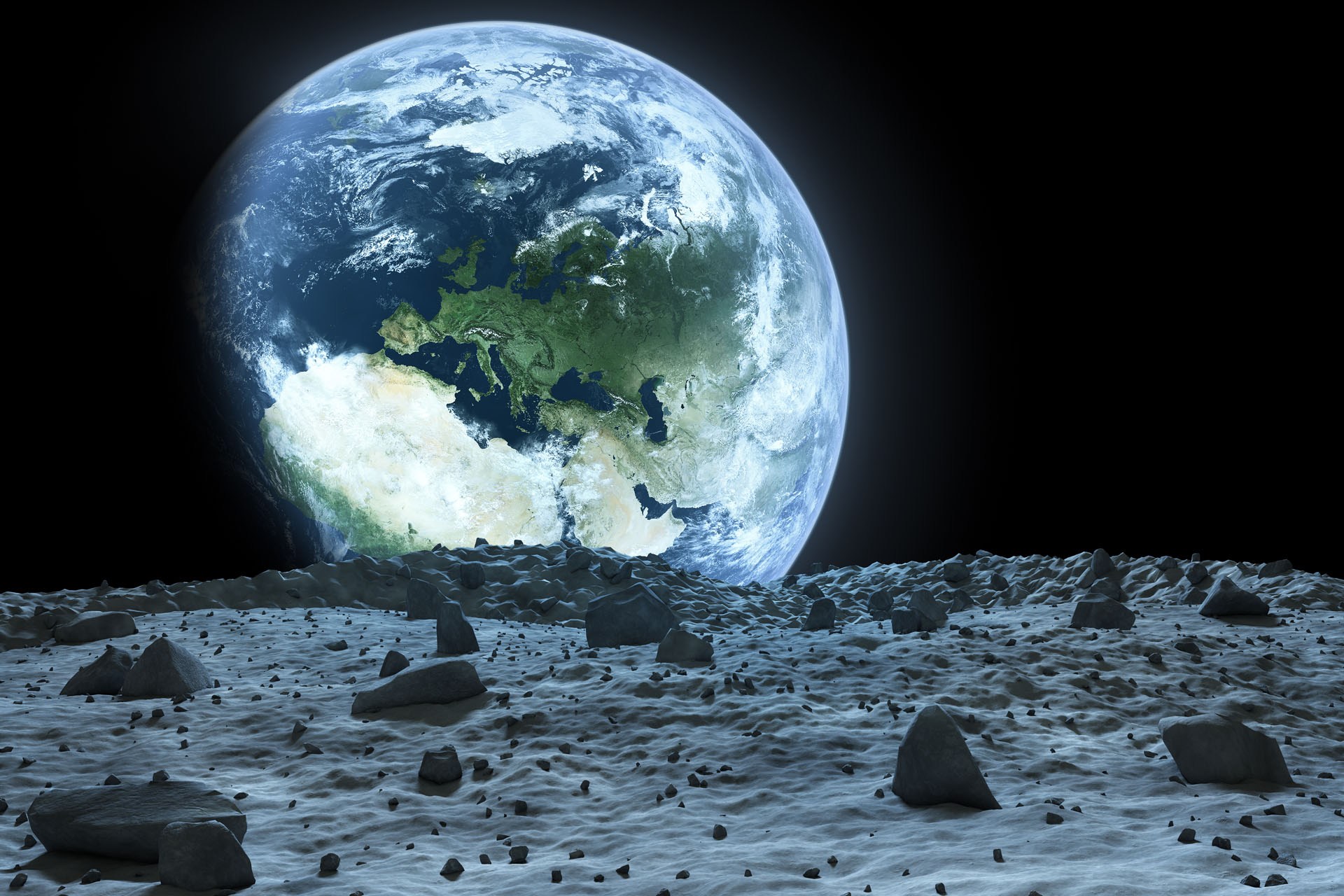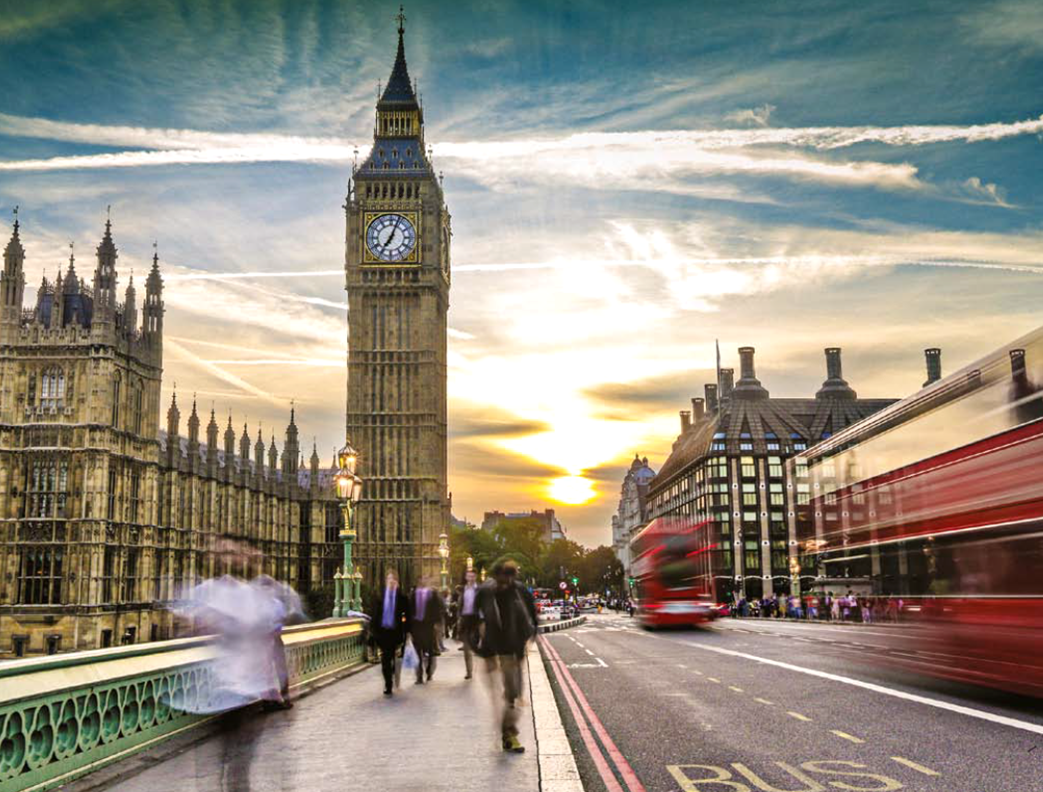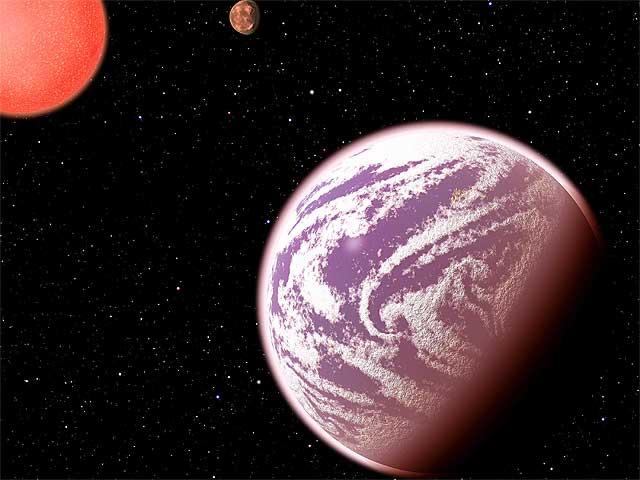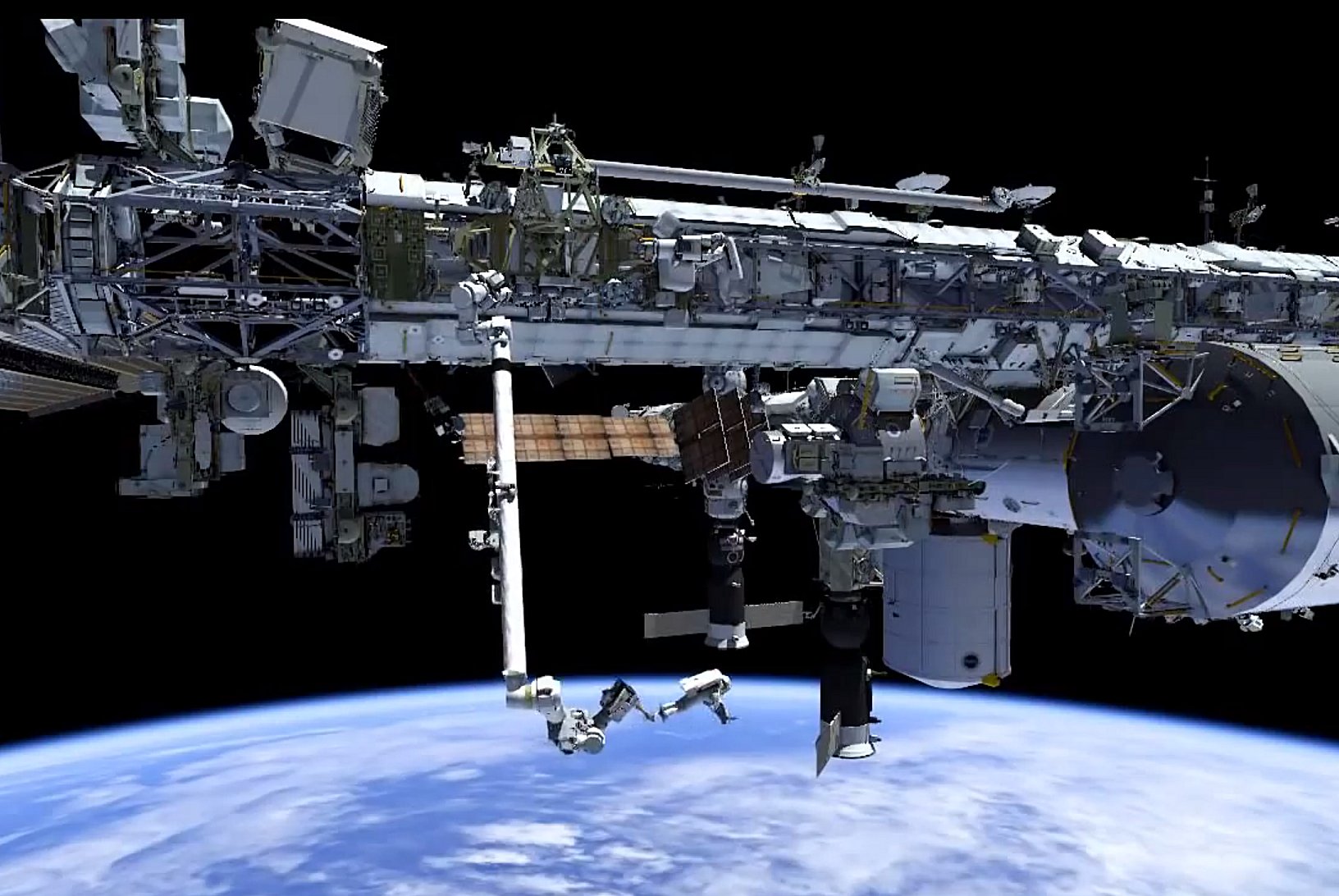Supermoon Eclipse Tonight
A total lunar eclipse will share the sky with a blood-red supermoon for the first time in more than 30 years.
Skywatchers are being promised great views of a spectacular celestial event tonight that has not occurred for 33 years.
The supermoon eclipse will see our planet move directly between the sun and moon – giving the lunar surface a rusty appearance.
The rare spectacle was last seen in 1982, and will not happen again until 2033, according to NASA scientists.
It happens when the moon is at its closest orbit to us, making it appear 14% larger than normal.
The event traditionally sparks ‘End of Days’ theories as some believers clutch bibles wondering if the end is nigh.
The night sky will be clear across most of the UK tonight, offering perfect conditions to see the blood-red supermoon between 1am and 6.30am.
The moon, Earth and sun will be lined up at around 3.11am UK time, with the eclipse beginning a couple of hours beforehand.
Sky News weather producer Joanne Coles said: “Tonight there will be clear spells and variable cloud across the British Isles.
“Most places will have a good chance of seeing the supermoon lunar eclipse during the early hours.
“However, under clear skies and as temperatures drop mist and fog patches will form, particularly in northeast England, north Yorkshire and Lincolnshire where it may become quite widespread and dense.
“There is also a chance that some low cloud could move in from the North Sea across East Anglia and southeast England during the early hours.
“Thicker cloud and the chance of some rain in the far northwest of Scotland and the western coast of the Republic of Ireland may also prevent a good view of the supermoon.”
The full eclipse of the moon will last for more than an hour and be visible, weather permitting, from North and South America, Europe, Africa and western Asia.
Tonight’s eclipse is the end of a tetrad, a series of four total lunar eclipses set six months apart.
The 21st century will see eight tetrads – an uncommonly high number. From 1600 to 1900 there were none at all.









